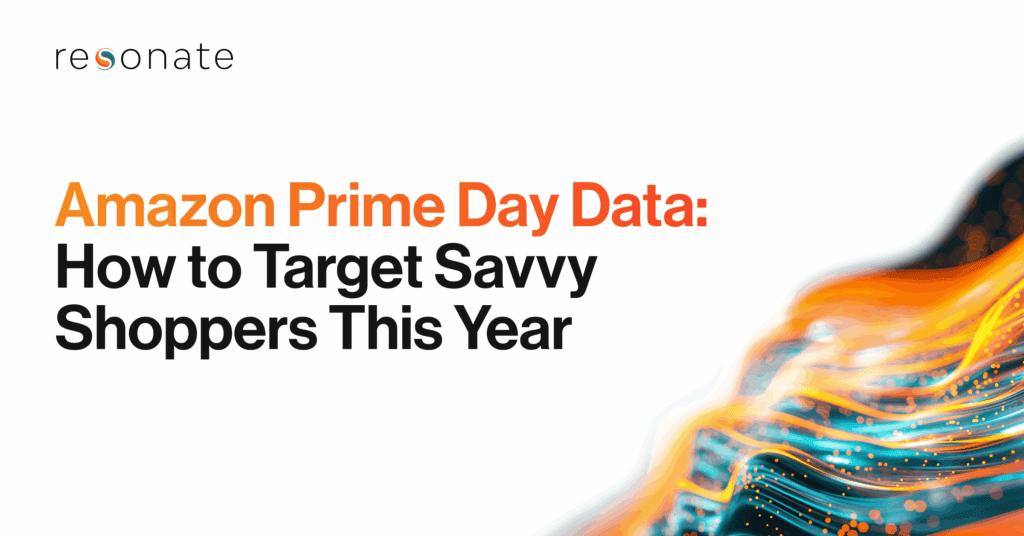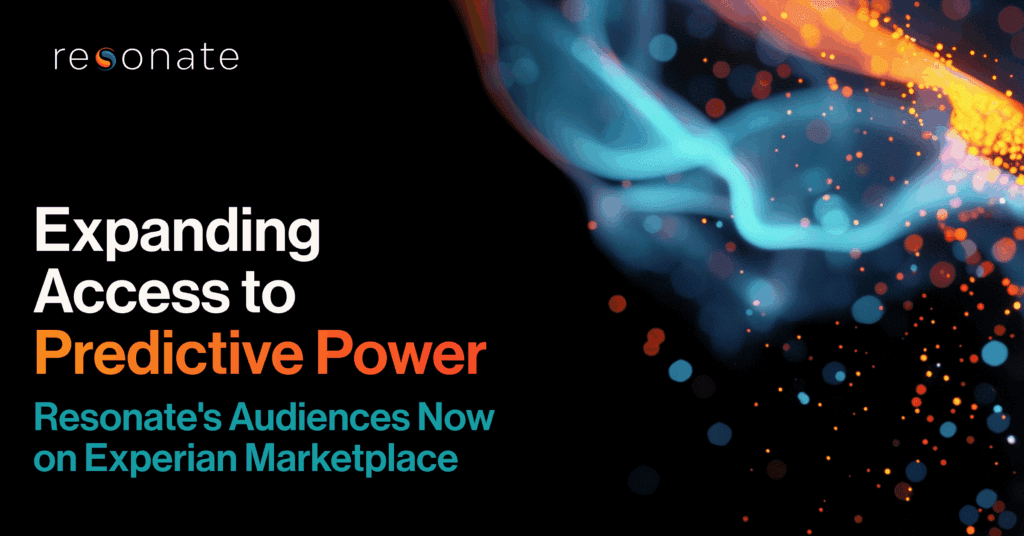A “youthquake” rocked the country last week and ultimately proved responsible for shifting a number of critical elections in favor of the Democrats, stabilizing the party’s control of the upper chamber.
Voters under the age of 45 turned out big for the Democrats in the 2022 midterms, but it was really voters aged 18-29 that stood tall against the forecasted red wave, especially in key battlegrounds that yielded huge senate and gubernatorial wins for the left.
Exit polls showed just how critical the 18-29 vote was. The Democrats lost every age group of the electorate 45 and older by at least 7 points and lost seniors by double digits (12%). But what’s more of a story is voters under 30 backed Democrats at a much higher rate than voters aged 30 to 39, by 12 more points, according to CNN polling. 63% of voters 18-29 voted Democrat, while just 35% supported Republicans.

(Source: CNN exit poll 11/ 9/22)
What’s important to understand is that the voters aged 18-29 didn’t vote more than they usually do. Turning this group out still remains a big challenge for either party. This year, 18-29-year-olds only made up 12% of the electorate, which is on par with previous turnout percentages.
Key Midterm Election Lessons Powered by Real-Time Voter Insights
So, what should strategists take away from this story? At Resonate, we’re not big on surprises, and we’re in the business of not just helping our clients avoid them but seeing these niche trends as they unfold in real-time—at scale—throughout an election lifecycle and then acting on them immediately to eclipse 50% of the vote. Using advanced artificial intelligence models and machine learning, the Resonate Ignite Platform had real-time insight into young voters’ outsized role in pivotal battlegrounds like Pennsylvania and Wisconsin.
Not only were our models picking up on the massive support this demographic would give to Democrats come November, but the specific policy issues, values, and motivations that would be responsible for informing their ballot choices.
Gen Z: Issue-Based Voting in the Pennsylvania Senate Race
For example, in the Pennsylvania Senate race, Democratic candidate John Fetterman only won by a 4 percent margin, although he won 70 percent of voters aged 18-29.
In the months leading up to the election, our models showed that abortion and climate change would be a major motivating force for Gen Z voters in Pennsylvania, meaning Doctor Oz’s rhetoric around inflation would likely fall on death’s youthful ears.
In fact, when compared to the average registered voter in Pennsylvania, Gen Z registered voters were 37% more likely to say that pro-choice issues were the number one factor when selecting a midterm candidate, and they were 16% more likely to view climate change as the number one present threat to our country.
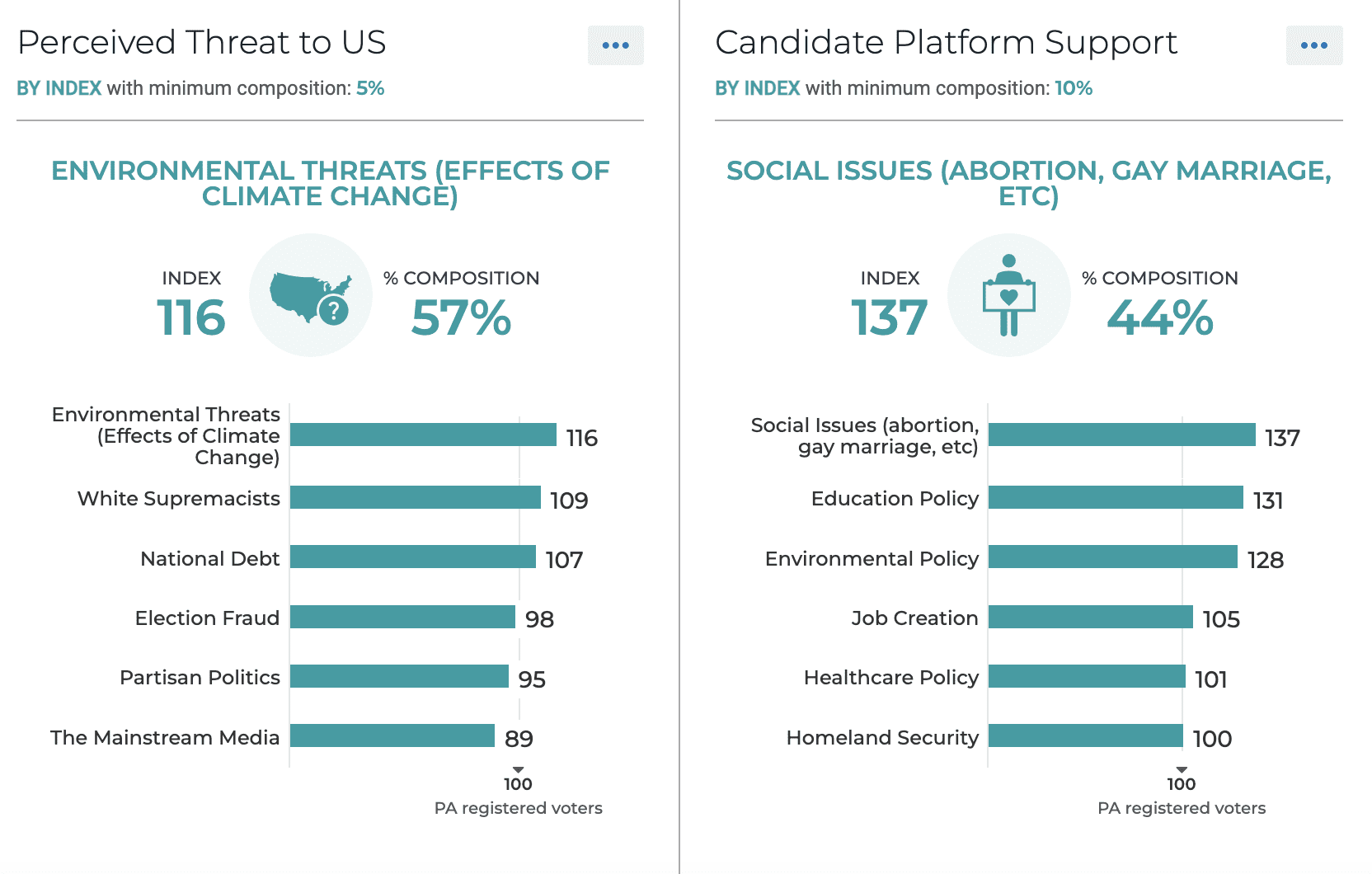
(Source: Resonate Ignite Platform, November 2022)
These insights didn’t necessarily count Dr. Oz and the Republicans out entirely with Gen Z. Our models showed that while Gen Z Pennsylvania voters in the majority identified as Democrats, 21% were Republicans, and 23% were Independents. Our models also showed that over half of this audience is actually persuadable on Joe Biden, and when looking at the audience as a whole, party loyalty was not really a motivating factor to cast a vote. Plainly put, Gen Z voted based on the issues and chose the candidate that spoke directly to the policies and values they cared most about.


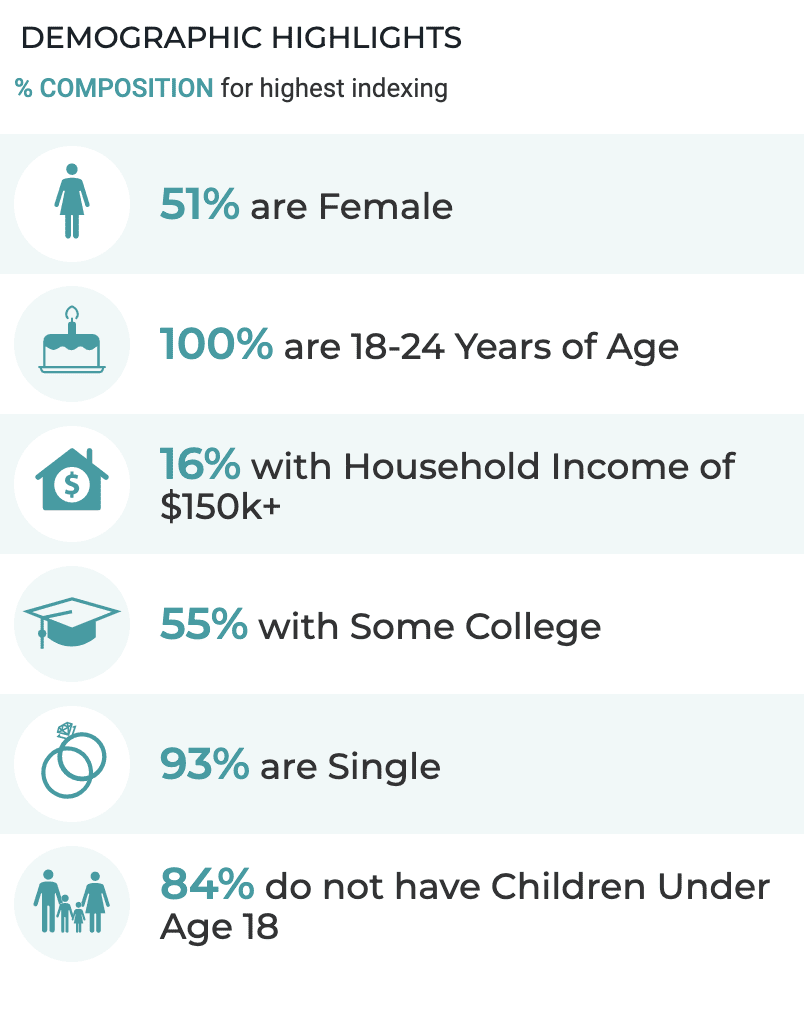
(Source: Resonate Ignite Platform, November 2022)
Wisconsin’s Gen Z Voters Prioritize Education and Student Debt
Similarly, in Wisconsin, Democratic gubernatorial candidate and victor Tony Evers won by just a 3 percent margin, but he won voters under age 30 by a 40% gap. This win was particularly impressive considering the Republicans retained their Senate seat with a win by Ron Johnson. Same voters, different results.
When segmented down to Gen Z, our Wisconsin voter models showed that Evers’ focus on education policy and student debt hit home with these younger voters. When compared to the average Wisconsin registered voter, the data showed Gen Z voters were 34% more likely to choose a candidate based on alignment on education issues. They were also 78% more likely to say that the Biden Administration’s first priority should be student debt. Evers spoke directly to Gen Z on these issues, and they rewarded him big at the polls.
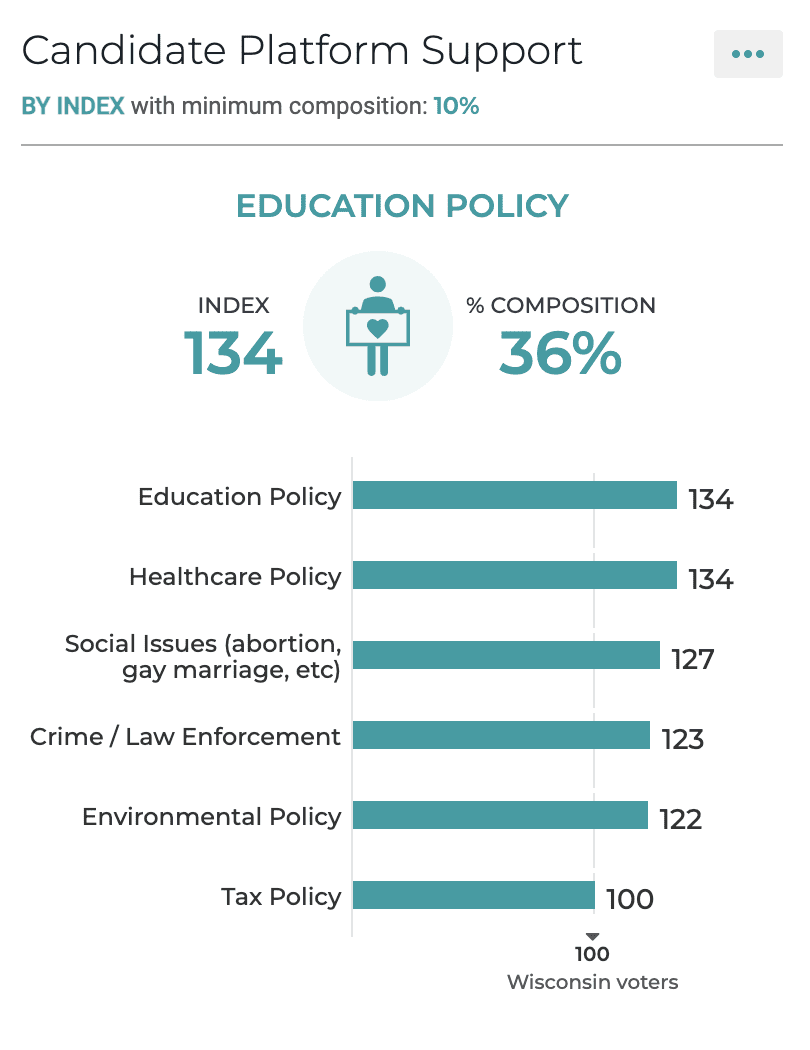
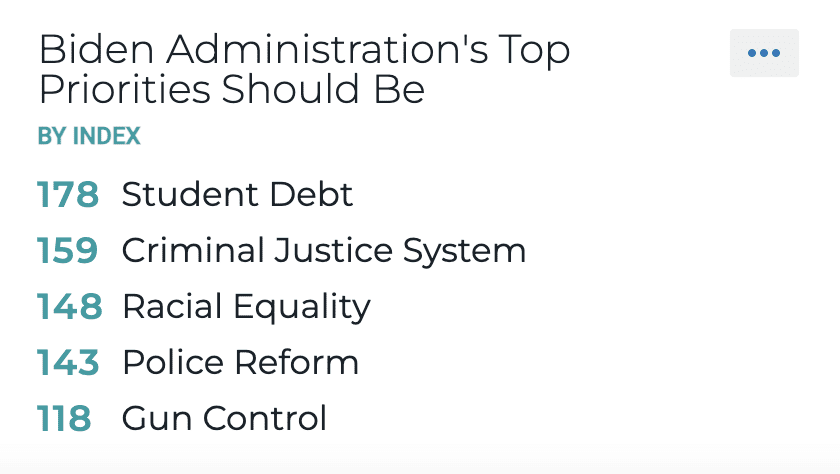
(Source: Resonate Ignite Platform, November 2022)
AI and Predictive Modeling: A Better Way to Reach Today’s Voters
These election results and the role played by younger voters are just one example of why artificial intelligence and predictive modeling at scale are so critically important to understanding niche electoral audiences and the actual issues that live in their hearts and minds during any given cycle. Deeply understanding and reaching voters at a personal level—to truly know what is driving all of the different segments in the electorate—is now possible with technology, but candidates and campaigns across the country continue to miss the opportunity to leverage these cutting-edge tactics to best their competition.
The above voter audience, and thousands of others, can quickly be built and scaled to the local level for deep analysis and precision targeting. What audiences do you need to move in the lame duck session or the New Year? Let Resonate AI show you what is driving them today and how to reach them anytime, anywhere.

